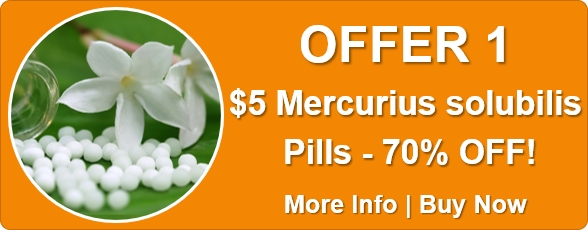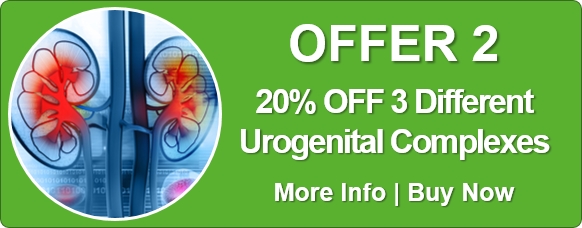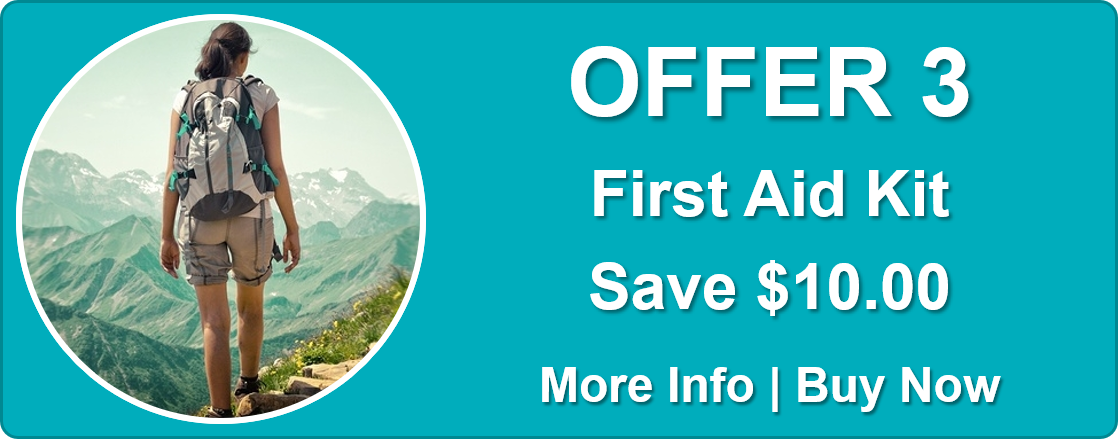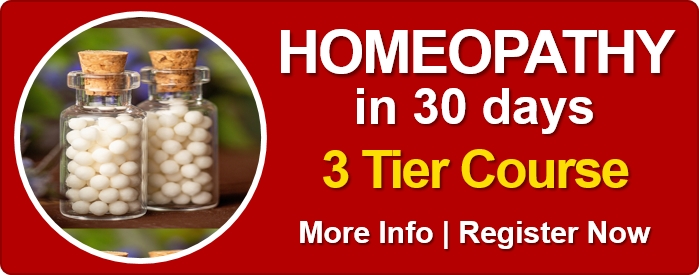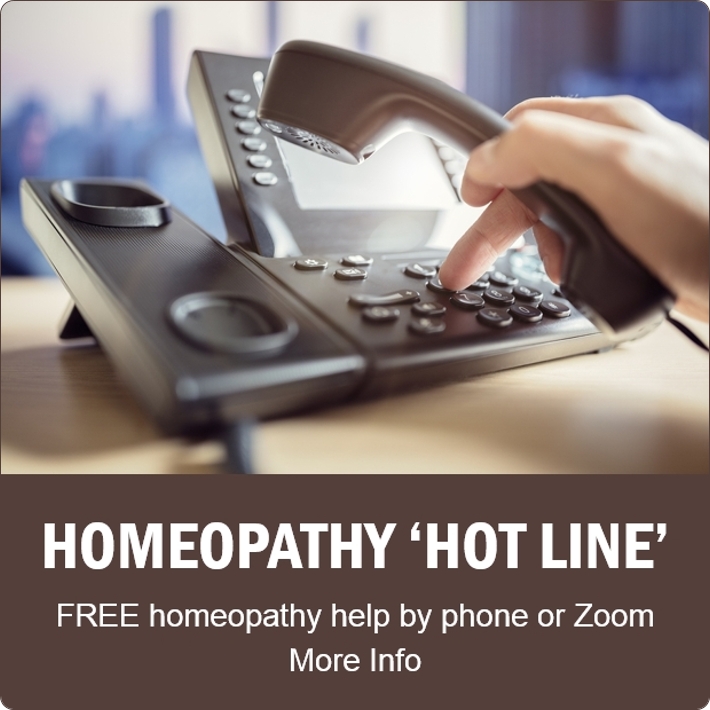Day 1: Homeopathy in 30 Days Lesson

Welcome!
A heartfelt hello to all our new course participants! We’re thrilled you’re here and hope you find this learning journey both rewarding and enjoyable.
Designed for flexibility, this 30-day course offers three learning levels:
- Five-Minute Overviews for busy schedules
- Twenty-Minute Explorations for enhanced understanding
- Two-Hour Deep-Dives for comprehensive learning
Lessons arrive daily via email with links to text, audio, and video content.
You’ll learn how homeopathy offers a gentle, safe approach to treating first-aid needs, acute conditions, chronic issues, and even preventing epidemic diseases. You’ll develop practical skills to apply homeopathy in these various situations.
You set the pace – work through these lessons daily, weekly, or monthly as your schedule permits. Join us for weekly Zoom Q & A meetings where we discuss homeopathy further.
You also have access to a friendly forum in which to ask questions, share thoughts, and connect with us and other learners. Whether you choose to participate or simply browse, we’re here to support your journey.
With that said, let the learning begin!
Five-Minute Overview

(This Five-Minute Overview is a concise summary of today’s key points, including the ‘Know Your Remedy’ synopsis. Perfect for a quick read or weekly review. Complete this stage before moving on to the Twenty-Minute Exploration.)
By the end of the Twenty-Minute Exploration, you should:
- Be familiar with 20 key first-aid homeopathic remedies. (See: Homeopathy Made Simple – First Steps to First Aid)
- Know how to use a simple remedy finder to identify first-aid remedies for common situations.
- Understand Arnica montana’s first-aid uses and recognize its acute and chronic applications through a synopsis of its keynote symptoms. (See: Arnica montana (Arn.))
- Have access to a recommended book list to support your studies. (Books are optional for this course.)
- Begin building familiarity with homeopathic terms using the glossary.
- Prepare for tomorrow’s glossary crossword puzzle and a quiz on the 20 first-aid remedies on Day 7.
By the end of the Two-Hour Deep-Dive, you should:
- Gain a deeper understanding of Arnica montana by watching a video and reading two materia medicas with expanded symptom profiles.
- Appreciate the broader uses of the other 19 first-aid remedies through their Know Your Remedy synopses.
- Access a document listing remedies’ Latin names, abbreviations, and symptom profile links.
- Understand the basics of the Organon of the Medical Art, homeopathy’s foundational text, and how to explore its contents.
- Plan how to acquire recommended books for future studies. (While optional, Kent’s Repertory of the Homeopathic Materia Medica will aid repertory lessons.)
- Recognize the value of older texts and homeopathic history.
- Prepare for the glossary crossword on Day 2 and the first-aid remedy quiz on Day 7.
Twenty-Minute Exploration

(This Twenty-Minute Exploration is the ‘learn and understand’ section of the course. It builds on the Five-Minute Overview. Complete this stage before moving on to the Two-Hour Deep-Dive.)
First-Aid Homeopathy
Today, we look at homeopathy’s use in first-aid treatment.
Click and read: Homeopathy Made Simple – First Steps to First Aid
Tomorrow, we will learn how often to give a dose of these remedies during first-aid treatment.
(Note: This article contains links to further information. Unless especially interested, there is no need to read that information today as it will be covered in detail in coming lessons. It also mentions acquiring a few home-use books to help you learn about first-aid homeopathy. Some suggested introductory books that may interest are also found at: Recommended Introductory Homeopathy Books.)
A Simple Mini-Repertory
The Quick Remedy Finder toward the end of the Homeopathy Made Simple – First Steps to First Aid article is an example of a very simple repertory.
A repertory is an index of symptoms drawn from homeopathic materia medicas. Each symptom is listed with relevant remedies for that symptom.
In future lessons, those progressing at the Two-Hour Deep-Dive level will study larger and more advanced repertories, and how they are used.
Know Your Remedies: Arnica Montana (Arn.)
(These daily synopses contain the keynotes of each remedy- the most frequently occurring, distinctive, or unusual symptoms which often allow the prescriber to recall them from memory alone.)
Our first remedy synopsis for the course is a well-known first-aid remedy, Arnica montana (Arn.).
Take time to read the Arnica montana (Arn.) synopsis and the symptoms it treats in the Know Your Remedies section of the Homeopathy Plus website. (As a Twenty-Minute Explorer it is sufficient to read up to the ‘Where Do I Find It?’ heading as the material beyond this will be covered in either the ‘Deep-Dive’ section or coming lessons.)
When symptoms suit, Arnica is an important first-aid remedy for soft tissue injuries, sprains, bruises and fractures … but that’s not all Arnica treats. Can you also see acute and chronic symptoms within its synopsis?
Glossary
If you are new to homeopathy you will likely come across words and terminology throughout these lessons that are unfamiliar.
Most new words should have a faint underline which, if ‘moused over’, will bring up a definition.
Definitions for other homeopathic words and terminology are available in the glossary.
Learning Activities
![]() 1. In the Day 7: Revision Lesson there will be a Test Your Knowledge quiz on the 20 remedies listed in Homeopathy Made Simple – First Steps to First Aid. We don’t keep a record of quizzes but throughout the coming week, try to commit these remedies to memory in preparation for the quiz and so you can turn to them quickly in an emergency.
1. In the Day 7: Revision Lesson there will be a Test Your Knowledge quiz on the 20 remedies listed in Homeopathy Made Simple – First Steps to First Aid. We don’t keep a record of quizzes but throughout the coming week, try to commit these remedies to memory in preparation for the quiz and so you can turn to them quickly in an emergency.
2. Scroll down this page to the Test Your Knowledge section where we suggest you familiarise yourself with words from the glossary in preparation for tomorrow’s crossword puzzle.
Questions From You?
 Do you still have unanswered questions about today’s lesson? Head to the Day 1: Questions About the Lesson? Ask Them Here thread in the forum and post them there.
Do you still have unanswered questions about today’s lesson? Head to the Day 1: Questions About the Lesson? Ask Them Here thread in the forum and post them there.
Two-Hour Deep-Dive

(This Two-Hour Deep-Dive is the ‘learn, understand, and apply’ section of the course. Proceed if comfortable with earlier material to engage with in-depth activities.)
Diving Deeper With Arnica Montana (Arn.)
In the Twenty-Minute Exploration section a synopsis of Arnica montana (Arn.) was presented. Now, it is time to go further and deeper.
- Return to Arnica montana (Arn.) in the Know Your Remedies section of the Homeopathy Plus website and read the From Past Masters section. This section contains an anecdotal account by medical homeopath, E. B. Nash (M.D.) of his experiences with Arnica at the turn of last century. Nash includes treatment stories from his practice, and comparison remedies that should be considered with Arnica.
- Another text, the Materia Medica by William Boericke, M.D., contains a condensed list of symptoms for Arnica montana. The focus of this materia medica, unlike some modern materia medicas, is on a remedy’s physical symptoms and pathology more than its mental-emotional symptoms.
- The video, Arnica Montana: Homeopathic Medicine -Tips For Beginners also provides useful information on this remedy.
(Tomorrow, we will present several strategies for learning the key points [keynotes] of this and other remedies.)
Symptom Synopses of Other First-Aid Remedies
Just like Arnica, a symptom summary of each of the other first-aid remedies from Homeopathy Made Simple – First Steps to First Aid is available in the Know Your Remedies List.
Take a quick look at them to see how each one treats far more than the first-aid situations discussed so far in this lesson.
List of Remedies and Abbreviations
When looking at Arnica montana (Arn.) and other remedies from the Know Your Remedies section you will notice that all have lengthy Latin names followed by abbreviations.
Abbreviations save space, as will soon be found with repertories and other homeopathic texts, but they create uncertainty if the full name of the remedy isn’t known.
If unsure of an abbreviation or remedy name, check the Common Homeopathic Remedies and Their Abbreviations list.
This list, drawn from the Materia Medica by William Boericke, M.D., also has links to condensed symptoms for each remedy- just click on the remedy abbreviation.
As mentioned previously, the focus of this materia medica, unlike some modern materia medicas, is on physical symptoms and pathology more than mental-emotional symptoms.
Full names and abbreviations of other common and uncommon remedies may be found in the simplex remedy list of the online Homeopathy Plus shop.
Symbols in Older Texts
In some materia medicas, modalities (situations that worsen or improve a symptom) are accompanied by the shorthand symbols of < and >.
We learn more about modalities in later lessons but in the meantime, when these symbols are seen, they should be interpreted as > meaning ‘better for’ and < meaning ‘worse for’. As examples: ‘cough > for cold drinks’ means the cough is eased by having a cold drink; ‘throbbing headache < for stooping’ means that the headache worsens whenever the person bends forward.
Organon: The Foundational Text of Homeopathy
It is amazing that a complete and intact medical system was delivered in one man’s lifetime but that’s exactly what happened with homeopathy.
It’s founder, Samuel Hahnemann, recorded the emerging principles and practice of homeopathy throughout 6 editions of a text called the Organon of the Medical Art.
The final edition (the combined 5th Edition [translated by R.E. Dudgeon in 1893] and 6th edition [revised by Boericke in 1922]) is still published today and is required reading for students in homeopathic colleges around the world. An online digital copy can be accessed at: The Organon of the Medical Art. (We will be referring to this online version several times throughout the course.)
The Organon does not have chapters but a series of aphorisms from 1 – 294. Aphorisms are defined as, “a pithy observation which contains a general truth.” For our purposes, they can be thought of as numbered paragraphs.
Today’s reader may find the lengthy sentences and old language of the 1893/1922 translation difficult to understand but a recent translation, Organon of the Medical Art by Wenda Brewster O’Reilly (Editor) and Steven Decker (Translator) has edited and updated text so that important concepts are more easily understood.
If you are a serious student of homeopathy, it is highly recommended that you purchase and regularly read this copy as new insights and understanding are obtained as experience grows. It is available in either book or eBook form from a variety of online and offline booksellers.
Outline of the Organon
An Outline of the Organon by Julian Winston provides a summary and index of Organon aphorisms to help you quickly find information within it.
Recommended Texts
Book recommendations are difficult to give as the needs of the serious student and enthusiastic home-prescriber vary widely.
Recent texts produced for the mass-market are often too superficial to be of much use but older texts with valuable information can be difficult to read.
Still, enthusiastic and passionate homeopathy students are not easily deterred so we’ve created a list of introductory books – some old, some new – which are still available for purchase and which provide solid information on homeopathy.
Hard copies of these texts are not needed for this course but gradually adding them to your library will enhance your learning, now and in the future.
We’ve also included preliminary information on digital repertories in the link for those who would like to investigate them further and get a jump-start on later lessons.
Check them out at: Recommended Introductory Homeopathy Books.
(Note: These texts are not required purchases for those doing the Homeopathy in 30 Days course but do provide a good base for a homeopathic home library. If you intend to complete the Deep-Dive section of the course and wish to have a book repertory, it is strongly recommended that you place an order for Kent’s Repertory of the Homeopathic Materia Medica, today, to allow for delivery before or as close as possible to the Day 16 Lesson. While we will be referring to a complete online version of this repertory, having it in book form as well will be helpful in your studies.)
Older Texts and the Value of History
Throughout this course we will be referring to a number of online texts that are over 100 years old. The main reasons for doing so are:
- The copyright on these older texts has expired which means that free online digital copies are now available to all at no cost. (Some of these texts, considered classics, are still available for purchase as books, but not all.)
- The information found in many older texts has mostly not been bettered by modern texts.
- The symptom information derived from homeopathic provings (which form the basis of homeopathic materia medicas and repertories) has shown itself to be constant and unchanging. What was true for symptoms and remedies back then continues to be true today; what worked for treatment back then continues to work today. This original database is being expanded with new information but there has been no need to discard the old.
Physical vs Mental- Emotional Symptoms
Most of homeopathy’s older texts were written at a time when psychoanalysis had not yet been introduced to the world. Medical homeopaths of the day dealing with life-threatening disease were generally more concerned with that than transient emotions of unhappiness or irritability.
For this reason, and unlike many newer materia medicas, the focus of older texts tends to be on physical symptoms rather than mental-emotional states.
Understanding the Language and Context
When dealing with the dated English of 800AD and early 1900AD texts our best advice is to obtain a more recent translation if available, or arm yourself with Yasgur’s Homeopathic Dictionary & Holistic Health Reference (see Recommended Introductory Homeopathy Books) that will help with archaic terms.
The following links will also be useful for future reference:
Rudy’s List of Archaic Medical Terms
Old terminology – difficult words in Homoeopathic literature
Deciphering important terminology in the organon of medicine
Old Terminologies / Difficult words in Homeopathy text books
Glossary of medical terms used in the 18th and 19th centuries
Why Look at the History?
History has a habit of repeating itself. For this reason, we will occasionally draw your attention to historical events or books that may seem to have little to do with the immediate application of homeopathy.
Some knowledge of homeopathic history allows you to understand today’s diversity of homeopathic practice around the world, how each came into being, and their relative strengths and weaknesses. It also allows you to identify when a ‘new’ approach is just a recycling of something old.
Learning Activities
![]() 1. In the Day 7: Revision Lesson there will be a Test Your Knowledge quiz on the 20 remedies listed in Homeopathy Made Simple – First Steps to First Aid. We don’t keep a record of quizzes but throughout the coming week, try to commit these remedies to memory in preparation for the quiz, and so you can turn to them quickly in an emergency.
1. In the Day 7: Revision Lesson there will be a Test Your Knowledge quiz on the 20 remedies listed in Homeopathy Made Simple – First Steps to First Aid. We don’t keep a record of quizzes but throughout the coming week, try to commit these remedies to memory in preparation for the quiz, and so you can turn to them quickly in an emergency.
2. Scroll below to the Test Your Knowledge section where we suggest you familiarise yourself with words from the glossary in preparation for tomorrow’s crossword puzzle.
Questions From You?

Do you still have unanswered questions about today’s lesson? Head to the Day 1: Questions About the Lesson? Ask Them Here thread in the forum and post them there.
Test Your Knowledge
![]() Throughout this course there will be regular mini-tests and exercises for you to check how well you have absorbed the information presented.
Throughout this course there will be regular mini-tests and exercises for you to check how well you have absorbed the information presented.
Our first will be a crossword, tomorrow, on the definition or meaning of common words in homeopathy. Prepare for it by checking what’s in the glossary.
Note: We don’t assess or keep a record of Test Your Knowledge quizzes and puzzles. They are provided so you can check how much you are learning.
Course Information

Designed for flexibility, this 30-day online course offers three learning levels:
- Five-Minute Overviews for busy schedules
- Twenty-Minute Explorations for enhanced understanding
- Two-Hour Deep-Dives for comprehensive learning
Lessons arrive daily via email with links to text, audio, and video content.
You set the pace—work through lessons daily, weekly, or monthly.
Each day, you’ll receive an email with your lesson, linking to online content that includes helpful information, practical activities, and audio or video content. These materials are designed to make it easy for you to understand, use, and enjoy homeopathy.
You’ll also have access to a friendly forum where you can ask questions, share thoughts, and connect with us and other learners. Whether you choose to participate or simply browse, we’re here to support your journey.
Weekly Zoom Meetings
We’ll host four live Zoom sessions for questions and discussion, with recordings available in the forum:
Four Zoom meetings for questions and further discussion are held throughout the course. The audio from these meetings is also recorded and placed in the forum for those unable to attend on the day. For more information about the meetings, click on the links below.
First Zoom Q & A - Sunday, July 6, 2025 08:00-09:00 AM (AEST)
Second Zoom Q & A - Sunday, July 13, 2025 10:00-11:00 AM (AEST)
Third Zoom Q & A - Sunday, July 20, 2025 12:00-1:00 PM (AEST))
Fourth Zoom Q & A - Sunday, July 27, 2025 07:00-8:00 PM (AEST)
Confirm times for your location at the Time Zone Converter. as daylight saving changes will affect scheduling.
Meetings may also fall on a Saturday rather than a Sunday in your time zone, so please double-check.
Next Homeopathy in 30 Days Course
Our next course starts in November 2025. If this course is helping you grow, consider sharing it with others. Thanks for helping spread the word!
Register Here



